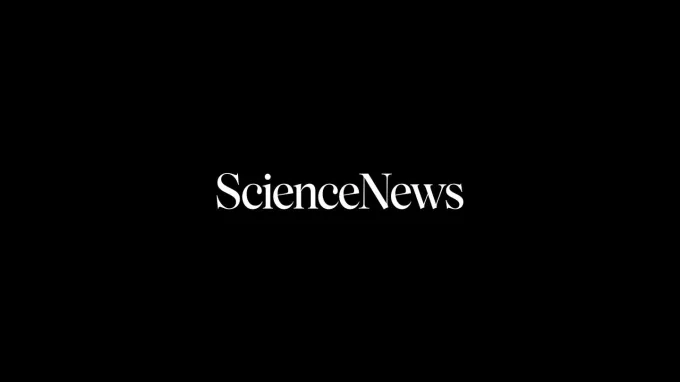Science News Magazine: Current Issue
Vol. 170 No. #21
Trustworthy journalism comes at a price.
Scientists and journalists share a core belief in questioning, observing and verifying to reach the truth. Science News reports on crucial research and discovery across science disciplines. We need your financial support to make it happen – every contribution makes a difference.
More Stories from the November 18, 2006 issue
-
 Earth
EarthThe African source of the Amazon’s fertilizer
More than half of the airborne dust that provides vital nutrients to the Amazonian rainforest comes from a small corner of the Sahara.
By Sid Perkins -
 Chemistry
ChemistryWere Viking landers blind to life?
The Viking landers may have missed potential signs of life when they explored Mars in 1976.
-
 Earth
EarthFarm salmon spread deadly lice
In the Pacific Northwest, sea lice that spread from cultivated salmon to their wild counterparts have become major parasites affecting the wild population.
By Ben Harder -
 Astronomy
AstronomyBlack hole survey
Scanning the sky for high-energy X rays, a NASA satellite found more than 200 supermassive black holes within 400 million light-years of Earth.
By Ron Cowen -
 Paleontology
PaleontologyAsian amber yields oldest known bee
A tiny chunk of amber from Southeast Asia contains the remains of a bee that's at least 35 million years older than any reported fossil of similar bees.
By Sid Perkins -
 Astronomy
AstronomyNearest extrasolar planet
Astronomers have confirmed the existence of the nearest known planet beyond the solar system.
By Ron Cowen -

Revving up recall while fast asleep
Scientists have discovered a way to give memory a modest lift while people slumber.
By Bruce Bower -
 Animals
AnimalsHey, that’s me!
A test with a jumbo-size mirror suggests that Asian elephants may be among the few species that can recognize their own images.
By Susan Milius -
 Anthropology
AnthropologyAncient Gene Yield: New methods retrieve Neandertals’ DNA
Researchers have retrieved and analyzed a huge chunk of Neandertal DNA.
By Bruce Bower -
 Astronomy
AstronomyDark Fingerprints: Hubble sheds light on cosmic expansion
The mysterious cosmic push that's tearing up the universe began revving up about 5 billion years ago.
By Ron Cowen -
 Tech
TechUnstoppable Bot: Armed with self-scrutiny, a mangled robot moves on
Roboticists have made a walking machine that carries on despite serious damage.
By Peter Weiss -
 Health & Medicine
Health & MedicineMore Evidence of Protection: Circumcision reduces STD risk in men
Circumcised men are less likely to get sexually transmitted diseases than uncircumcised men are.
By Nathan Seppa -
 Tech
TechCleanup Speedup: Device improves oil-spill recovery
By adding grooves to the surface of a common oil-skimming device, researchers recovered up to three times as much oil as they do with smooth-surfaced devices.
-
 Animals
AnimalsChicken Speak: Birds pass test for fancy communication
The chicken may be the first animal other than primates that's been shown to make sounds that, like words, represent something in the environment. With audio.
By Susan Milius -

Derailing a Disease: Stem cells slow dogs’ muscular dystrophy
Injecting a special type of stem cell into dogs with the canine equivalent of Duchenne muscular dystrophy significantly slowed the disease's progression.
-
 Earth
EarthDashing Rogues
Rogue waves, which tower over the waves that surround them, are probably more common than scientists had previously suspected.
By Sid Perkins -
 Anthropology
AnthropologyEvolution’s Mystery Woman
A heated debate has broken out among anthropologists over whether a highly publicized partial skeleton initially attributed to a new, tiny species of human cousins actually comes from a pygmy Homo sapiens with a developmental disorder.
By Bruce Bower -
 Humans
HumansLetters from the November 18, 2006, issue of Science News
Sunny side heads up “Rare Uranian eclipse” (SN: 9/9/06, p. 166) tells us, “Because the moons of Uranus orbit at the planet’s equator, the sun seldom illuminates them directly.” I think what you mean is that the moons seldom pass directly between Uranus and the sun. But surely the sun still illuminates them, even when […]
By Science News
